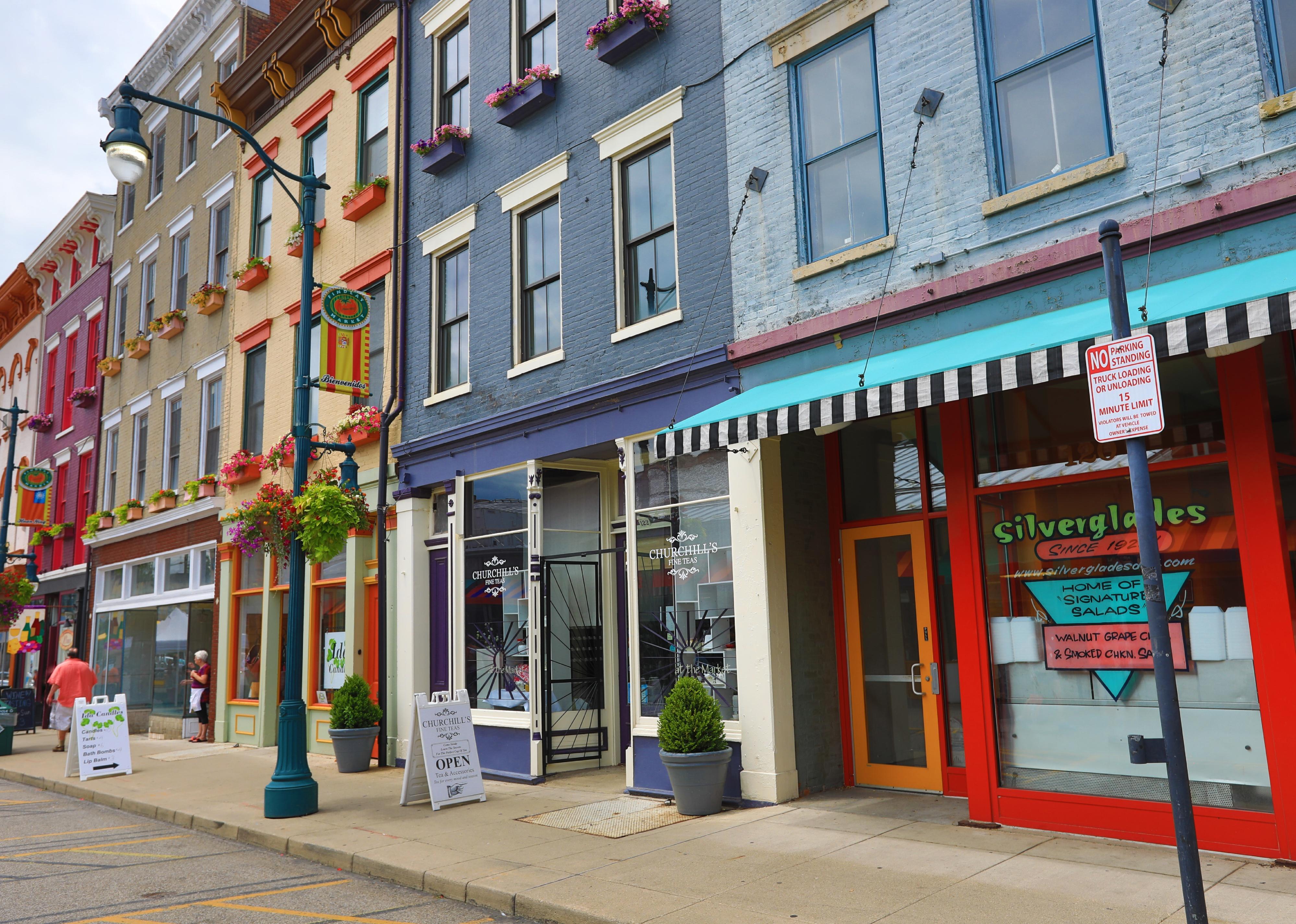JJFarq // Shutterstock COVID-19 was supposed to change the way Americans shopped. Experts widely predicted that people’s new habits of purchasing most goods online or using in-store and curbside pickup would remain after the pandemic ended. But two years later, consumers have gone back to in-person shopping. To find which cities have the most opportunity for new retail locations, Swyft Filings used data from Lee & Associates’ 2022 Market Report to rank cities, creating an index that factors in retail space vacancy, cost, and new space being built. To get its index, this analysis looked at July 2022 to September 2022 data and ranked each of those three measures across 53 cities identified in the report, then averaged the rankings. Brick-and-mortar retail sales topped $382 billion in August 2022, according to Lee & Associates, almost 25% higher than before COVID-19. In-person Black Friday shopping in 2022 was also up 12% from 2021, according to Mastercard SpendingPulse. As consumers flock back to stores, retailers are opening more physical locations. U.S. retail space is at its lowest vacancy rate in 15 years, at 4.3%, according to Lee & Associates. This is causing retail rents to rise again–they’ve grown 4.2% annually through the third quarter. Supply levels are also on the rise; there are 61 million square feet of retail space in development, much of which is already leased. #15. Chicago (tie) Trong Nguyen // Shutterstock – Vacancy rate: 5.8% (#4) – Market rent: $1.70 per square foot (#18) – Retail space under construction: 1,201,887 square feet (#42) Chicago’s vacancy rate may be above the national average, but for the city, it’s at an all-time low. North Michigan Avenue, one of the city’s major shopping streets, has lost some major retailers and is almost 30% vacant. This has provided opportunities for unique pop-up shops along the Magnificent Mile. Experiential retail, where customers can do more than examine items for sale, has also made a big push in Chicago. For example, Lululemon’s Lincoln Park location allows shoppers to test the Mirror fitness system or do meditation in the store’s designated Quiet Room. #15. Lehigh Valley, Pennsylvania (tie) EQRoy // Shutterstock – Vacancy rate: 5.2% (#13) – Market rent: $1.32 per square foot (#7) – Retail space under construction: 82,900 square feet (#44) Lehigh Valley offers retailers a low barrier to entry, with rents far below the overall U.S. rate of $1.95 per square foot. Nine stores opened at Lehigh Valley Mall in 2022, with at least two more on the way. Multiple mixed-use developments throughout the area are in various stages of government approval that could add dining, grocery, and entertainment options to the valley’s retail scene. #14. Detroit JKPhotogenic // Shutterstock – Vacancy rate: 5.1% (#14) – Market rent: $1.48 per square foot (#13) – Retail space under construction: 735,283 square feet (#35) The retail scene in Detroit is evolving. Several traditional shopping malls in the metro area are being torn down, with some destined to be replaced by mixed-use development that will put residents closer to retail opportunities. Meanwhile, a $1.5 billion project called District Detroit–which would incorporate residential, office, hotel, and retail space–aims to reinvigorate downtown. The development, which would include 100,000 square feet of retail space, is still in the planning stages. #12. Columbus, Ohio (tie) CEW // Shutterstock – Vacancy rate: 4.0% (#31) – Market rent: $1.51 per square foot (#15) – Retail space under construction: 892,906 square feet (#14) A slow recovery in workers returning to office buildings poses challenges for the retail market in Columbus. That said, local organizations are finding innovative ways to draw retail customers. In October 2022, the Columbus Downtown Development Corporation and Columbus Fashion Council partnered to open Common Thread, an incubator hosting new retailers in the downtown area. #12. Spartanburg, South Carolina (tie) Page Light Studios // Shutterstock – Vacancy rate: 4.5% (#22) – Market rent: $1.06 per square foot (#1) – Retail space under construction: 67,346 square feet (#37) Spartanburg’s population grew by 18% between April 2010 and July 2021, which has increased the demand for more retail opportunities in the city. Vacancy rates have fallen in the last year, but an unprecedented amount of commercial development in Greenville County could open up more potential for new storefront space. The area has the lowest rental price per square foot on this list, and developers hope this will attract experiential-based retailers to the area. #11. Dallas-Fort Worth Nate Hovee // Shutterstock – Vacancy rate: 4.8% (#20) – Market rent: $1.81 per square foot (#24) – Retail space under construction: 3,309,783 square feet (#15) With almost 15% population growth since 2010, the Dallas-Fort Worth market has no shortage of retail demand. Supply is increasing–this metro area ranks in the top 10 metros with the most new inventory. That could make room for a lot of growth, as new retail tenants in the area–particularly small businesses–are most interested in stores fewer than 5,000 square feet, according to research firm CoStar. #10. Vineland, New Jersey Nick Vendetta // Shutterstock – Vacancy rate: 6.1% (#2) – Market rent: $1.18 per square foot (#3) – Retail space under construction: 0 square feet (#53) New Jersey’s largest city in terms of land area, Vineland sits in the central southern part of the state and is known as a hub of food processing. New stores have opened up or expanded to additional sites in recent years, but some mall owners have boosted occupancy by redeveloping retail space as fulfillment centers for online orders. Vineland’s historic downtown is part of the city’s redevelopment area and offers many incentives to businesses located there, including small business assistance programs, loans and microloans, and wage credits for hiring locally. #9. Houston
Cities with the most opportunity for new retail storefronts












